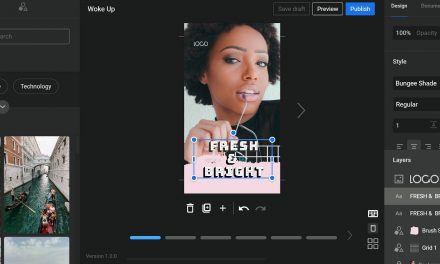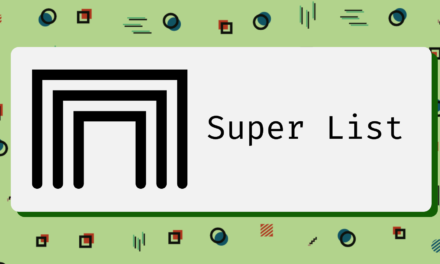WordPress theme authors and contributors from the Themes team are exploring ways to make block themes more prominent on the official directory. These are themes that are specifically tagged with support for full-site editing. Despite WordPress having a block theme for its most recent default theme, authors have been slow to create more. There are currently only 86 themes that support the full range of WordPress site editing capabilities.
A meta trac ticket opened five weeks ago proposes giving block themes priority in the directory. Themes Team contributor Sandilya Kafle kicked off the discussion with two ideas:
- Add a new tab in the theme repository ( Popular, Latest, Block)
- Change the popular themes algorithm and add 1 block theme in 1 out of 10 popular themes.

“There might be some other way to encourage block theme authors to contribute more,” Kafle said.
“We don’t need this always, but we can try this for at least one year and see how it will go. Block themes need some attention and encouragement. Only very few FSE themes are maintained properly.”
The idea received immediate pushback from WordPress contributor Joy Reynolds.
“If block themes are the future and are better and easier, they don’t need any extra promotion,” Reynolds said. “Since the WP software handles both, it is very disrespectful to the authors that followed all the rules to build up their placement in the repository, for WP to suddenly give the new type an advantage. (The site editor still has a “beta” label.) All themes should be treated equally.”
Automattic-sponsored Themes Team contributor Sarah Norris was more amenable to the idea, noting that block themes are “a different type of theme from classic themes and enable so many different features.” She said putting ‘Block’ in the Themes Directory menu next to ‘Latest’ would be “a good, small first step.”
WordPress theme author Rich Tabor addressed the criticism of the proposal and reframed it to be more about improving the visibility of block themes.
“I don’t think that priority is quite the correct context,” Tabor contended. “Block themes are categorically different than ‘classic’ themes, because of the nature of the theme, the Site Editor experience, and Global Styles.
“It’s not that we should prioritize block themes, but rather indicate that these are a new class of themes that diverge from the classic theme WordPress experience. If someone unknowingly switches from a block theme (like the default Twenty Twenty-Two theme) to a classic theme, they will lose the core WordPress functionality that they may be familiar with/reliant on.”
Currently, the list of FSE themes is buried three clicks deep. These are the themes that work with all the latest capabilities of WordPress and they should not be this difficult to find. Users have to know to go to the ‘features filter’ menu item, select ‘full-site editing,’ and then click ‘apply.’ Not everyone who uses the Themes Directory will understand the limitations of legacy themes when selecting a theme.
“Last week in the FSE hangout, we also discussed the issue of block themes not getting featured in the theme repository,” theme and block developer Ellen Bauer commented on the ticket. “As a result, users simply don’t know that WordPress is introducing these new themes along with Full Site Editing features. I don’t think this is beneficial for WordPress.”
Bauer proposed an even more bold approach to featuring FSE themes, which mirrors the design in the Plugins Directory. This approach would prominently display block themes above classic themes at the top of the page.
“We can add a similar second section on the theme page in the same fashion as on the plugin page with ‘Block-Enabled Plugins’,” she proposed. “So we could add ‘Block Themes’ or ‘Full Site Editing-enabled Themes’ above the regular theme list. This would add to a consistent experience between searching for plugins and themes, which make sense to me.”
WordPress lead developer Dion Hulse weighed in on the technical challenges of the solutions proposed and concluded that re-doing the front page of the directory would likely be the best way to solve the needs communicated in the ticket. He updated the headers for the WordPress Theme Directory – Local development environment and added development notes to the readme for getting started, if contributors want to work on the project.
The ticket is still open for discussion for anyone who wants to add feedback or jump in on contributing to this improvement to the Themes Directory.











